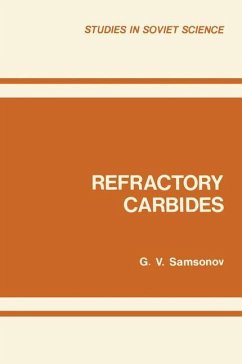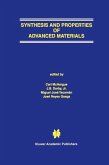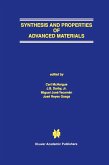In recent years remarkable progress has been made in the development of materials for ultrasonic transducers. There is a continuing trend towards increasingly higher frequency ranges for the application of ultrasonic trans ducers in modern technology. The progress in this area has been especially rapid and articles and papers on the subject are scattered over numerous technical and scientific journals in this country and abroad. Although good books have appeared on ultrasonics in general and ultrasonic transducers in particular in which, for obvious reasons, materials play an important part, no comprehensive treatise is available that represents the state-of-the-art on modern ultrasonic transducer materials. This book intends to fill a need for a thorough review of the subject. Not all materials are covered of which, theoretically, ultrasonic trans ducers could be made but those that are or may be of technical impor tance and which have inherent electro acoustic transducer properties, i.e., materials that are either magnetostrictive, electrostrictive, or piezoelectric. The book has been devided into three parts which somewhat reflect the historic development of ultrasonic transducer materials for important tech nical application. Chapter 1 deals with magnetostrictive materials, magnetostrictive met als and their alloys, and magnetostrictive ferrites (polycrystalline ceramics). The metals are useful especially in cases where ruggednes of the transducers are of overriding importance and in the lower ultrasonic frequency range.








